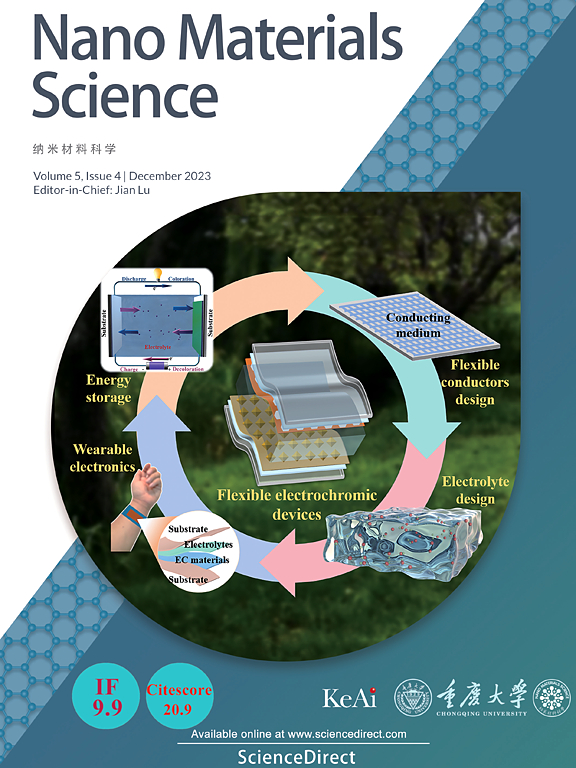High-temperature solid lubrication applications of Transition Metal Dichalcogenides (TMDCs) MX2: A review
IF 17.9
2区 材料科学
Q1 Engineering
引用次数: 0
Abstract
With the rapid advancement of science and technology, along with an increasing global focus on space exploration, there is a growing concern for addressing friction and wear issues in surface coatings for components operating in high-temperature environments within the aerospace sector. However, typical high-temperature coatings currently face challenges in effectively integrating excellent oxidation resistance, wear resistance, and lubrication properties in high-temperature settings. Studies have demonstrated the significant potential of Transition Metal Dichalcogenides (TMDCs) as lubricant additives in high-temperature lubrication, attributable to their distinctive crystal structures. Thus, this review concentrates on the compositional design of individual MX2-type (M = W, Mo, Nb, Ta; X = S, Se) TMDCs (molybdenum disulfide (MoS2), tungsten disulfide (WS2), niobium diselenide (NbSe2), molybdenum diselenide (MoSe2), tungsten diselenide (WSe2)) and their composites, including inorganic oxygen-containing sulfides, and explores the utilization of TMDCs in self-lubricating coatings. Furthermore, conventional preparation methods (mechanical exfoliation, liquid-phase ultrasonic exfoliation, chemical vapour deposition) for synthesizing TMDCs are outlined. Finally, an analysis of the lubrication mechanism of MX2-type TMDCs is provided, along with future directions for enhancing the high-temperature lubrication performance of composite coatings.
过渡金属二卤化物(TMDCs)MX2 的高温固体润滑应用:综述
随着科学技术的快速发展,以及全球对太空探索的日益关注,人们越来越关注航空航天领域高温环境下运行部件表面涂层的摩擦和磨损问题。然而,典型的高温涂层目前面临着在高温环境下有效整合优异的抗氧化性、耐磨性和润滑性能的挑战。研究表明,由于其独特的晶体结构,过渡金属二硫族化合物(TMDCs)在高温润滑中具有巨大的潜力。因此,本文重点介绍了mx2型(M = W, Mo, Nb, Ta; X = S, Se) TMDCs(二硫化钼(MoS2)、二硫化钨(WS2)、二硒化铌(NbSe2)、二硒化钼(MoSe2)、二硒化钨(WSe2))及其复合材料的组成设计,包括无机含氧硫化物,并探讨了TMDCs在自润滑涂层中的应用。此外,概述了合成TMDCs的常规制备方法(机械剥离法、液相超声剥离法、化学气相沉积法)。最后,对mx2型TMDCs的润滑机理进行了分析,并提出了今后提高复合涂层高温润滑性能的方向。
本文章由计算机程序翻译,如有差异,请以英文原文为准。
求助全文
约1分钟内获得全文
求助全文
来源期刊

Nano Materials Science
Engineering-Mechanics of Materials
CiteScore
20.90
自引率
3.00%
发文量
294
审稿时长
9 weeks
期刊介绍:
Nano Materials Science (NMS) is an international and interdisciplinary, open access, scholarly journal. NMS publishes peer-reviewed original articles and reviews on nanoscale material science and nanometer devices, with topics encompassing preparation and processing; high-throughput characterization; material performance evaluation and application of material characteristics such as the microstructure and properties of one-dimensional, two-dimensional, and three-dimensional nanostructured and nanofunctional materials; design, preparation, and processing techniques; and performance evaluation technology and nanometer device applications.
 求助内容:
求助内容: 应助结果提醒方式:
应助结果提醒方式:


